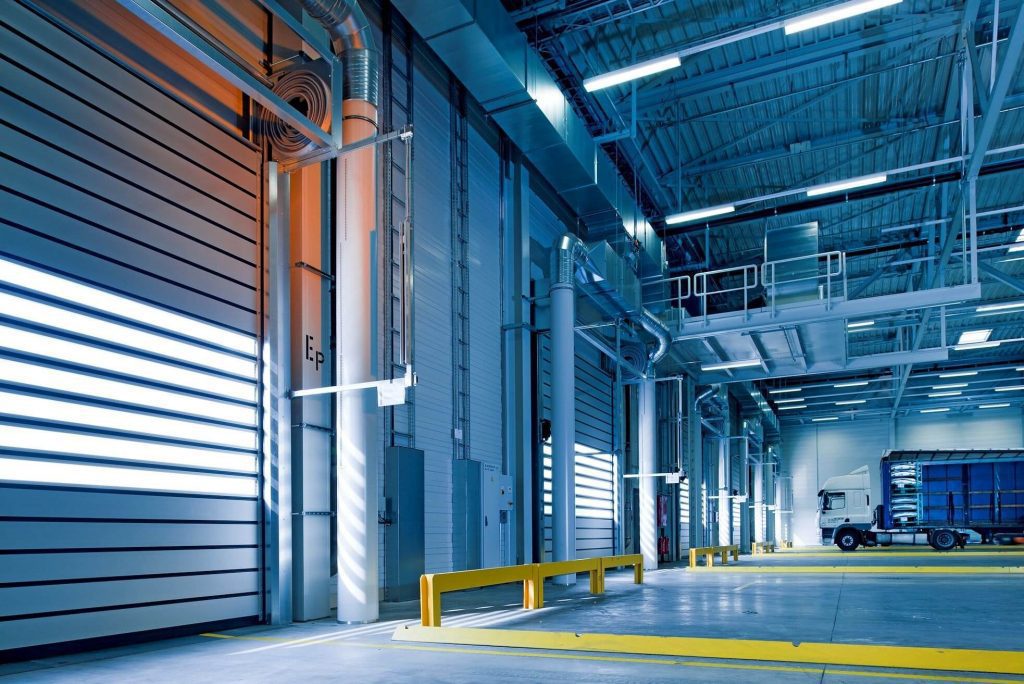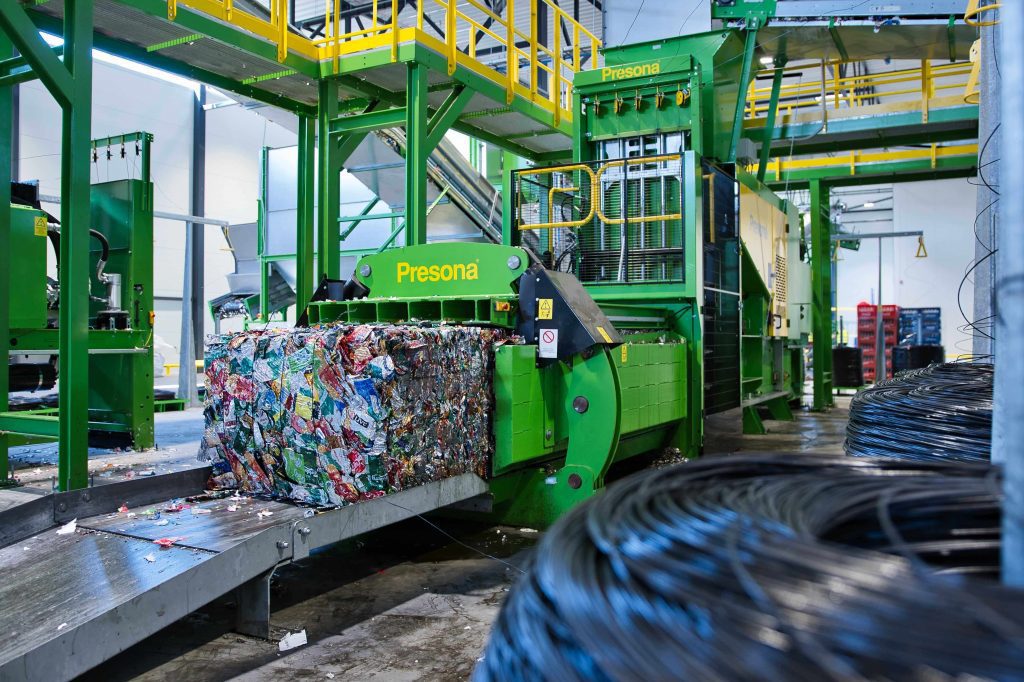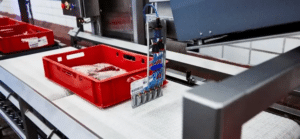In terms of energy supply, the world is coming to a crossroads. Countries have continued to utilize coal, oil, and gas extensively to power their economy in spite of decades-long recommendations to lessen dependence on fossil fuels. In addition to increasing carbon emissions that contribute to global warming, the burning of fossil fuels has also resulted in a globalized world with highly concentrated food and energy networks, making them particularly vulnerable to disruption. The war in Ukraine highlights how our world’s energy and food systems are not diverse enough to support resilient livelihoods. People all throughout the world are unable to handle the escalating costs as energy, fertilizer, and food prices rise. As a result, the rise in energy prices is having an unprecedented impact on the humanitarian crisis and food shortages.
The political situation has increased the pressure on the world's food supply chains
Food prices have increased steeply over the last two years and appear set to go higher following Russia’s invasion of Ukraine, putting millions of people at risk. While there are many causes of the current difficulties in the food supply chains, it is important to remember that the global energy crisis is also a crucial factor.
The World Food Programme estimates that the number of people experiencing severe food insecurity more than tripled between 2017 and 2021 and may rise another 17% this year to 323 million as a result of Russia’s conflict in Ukraine. The recovery in demand following the Covid-19 crisis, severe weather impacts on supply, an increase in trade restrictions on agricultural goods, and quickly rising input costs, particularly for energy and fertilizers, have all contributed to the spike in food prices since mid-2020.
Food supply chains, markets, and related inputs (agrochemicals, fertilizer, fuel, feed, capital, and labor) are all interconnected globally, which means that seemingly minor supply disruptions in one area or industry can have disastrous effects on another.
The developing food supply crisis shows how energy and food supply security are linked
Energy is used for a variety of things in the food and agriculture industries. A few examples of direct energy use are the power used for automated irrigation systems, the gasoline used for farm equipment, and the energy needed for various steps in food processing, packing, shipping, and distribution. Since the production of pesticides and mineral fertilizers requires a significant amount of energy, their use results in significant indirect energy consumption. Direct and indirect energy expenditures can make up 40% to 50% of the total variable costs of cropping in advanced countries like the United States, while the percentage varies greatly between regions and depends on things like weather and crop kinds. Therefore, increasing energy and fertilizer prices unavoidably result in greater production costs, which in turn result in higher food prices.

Source: Pexels
Will energy bills force food processing factories to go dark?
By the end of 2022, the previous state of affairs for food processing and logistics, as well as for ingredients, suppliers, labor, and other factors, may be long gone. The food industry is facing new normal, that’s for sure. And the energy crisis that is just around the corner, manufacturers are facing more and more pressure.
First and foremost, since the production of food and beverages is an energy-intensive operation, this sector is particularly vulnerable to problems caused by energy shortages. Energy is required at every stage of the supply chain, typically in several forms (such as fuel and electricity), therefore direct and indirect energy expenditures can make up as much as 40% to 50% of a company’s total variable costs.
However, there are other factors at play in our current situation that makes the food and beverage industries financially stressed. The dilemma is exacerbated by a trickle-down effect from increasing oil and natural gas costs that affects other materials these businesses use. Here are the main components, that build the rising expenses:
Fertilizers
Regarding farms, those that grow agricultural products are very dependent on fertilizer, the price of which has increased due to the need for ammonia, which is virtually entirely derived from natural gas. Since mid-2020, the cost of fertilizer has more than tripled, hitting its highest point since the recession of 2008 and 2009.
Plastics
Plastics are another resource that food and beverage business owners regularly require — usually for packaging — and they have become more expensive as a result of the demand for petrochemicals in their manufacturing. The rising expense of plastic has made the possibility of switching to more environmentally friendly packaging alternatives like cardboard, paper, and bamboo, whether they are used as bags, wrappers, clamshells, or in other capacities, even more appealing.
Carbon dioxide
The vital byproduct of carbon dioxide (CO2) is also in shorter supply as a result of fertilizer being more expensive and scarce, making it yet another necessary resource that is now more expensive for the food and beverage industries. CO2 is essential for many product categories since it is used in a range of applications, from preserving packaged goods’ freshness when they are sealed in containers to giving carbonated beverages their fizz. In order to achieve the world’s energy and climate goals, a combination of technologies known as carbon capture, utilization, and storage (CCUS) may be used. CCUS entails CO2 capture from significant point sources, such as industrial facilities or power plants that burn either fossil fuels or biomass as fuel. Now it’s time to think about this kind of solution more than ever.

Source: PERUZA
Final thoughts
As the world is facing new challenges and the global energy crisis is just around the corner, as the winter arrives, it’s time to look over your expenses and ways to optimize them. And one of the solutions is automation. It will make the process more efficient and productive.
If you’re interested in learning more about how PERUZA can help you automate the manufacturing process, and implement some on-site food processing equipment, feel free to email us at info@peruza.com, and we’ll gladly discuss the possibilities of working together to boost the productivity of your business, no matter the time of the year!





